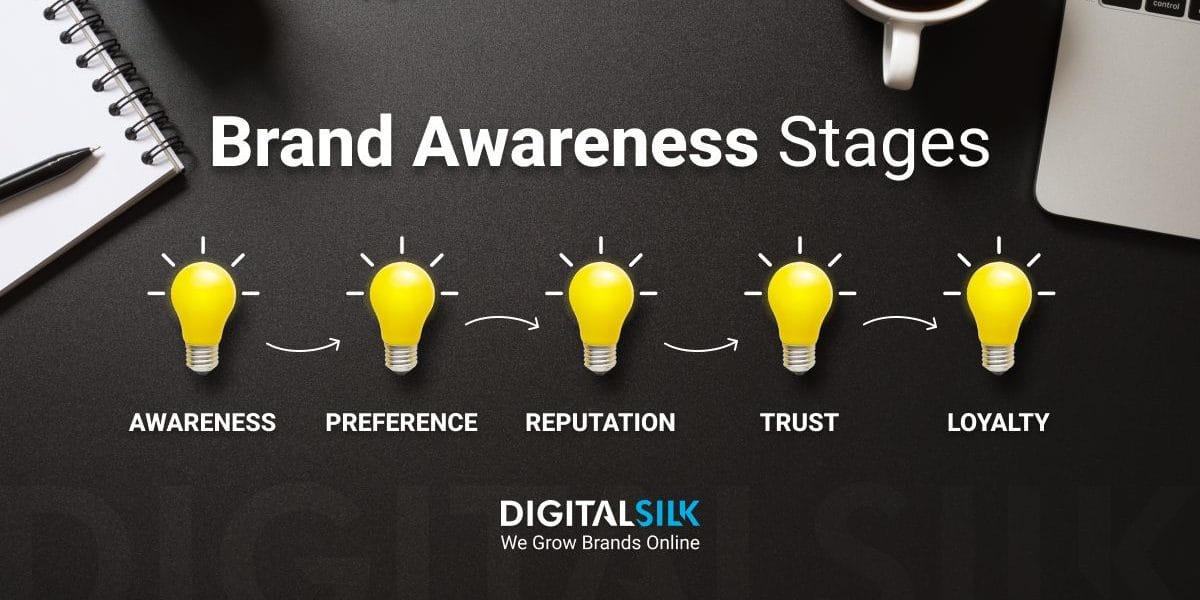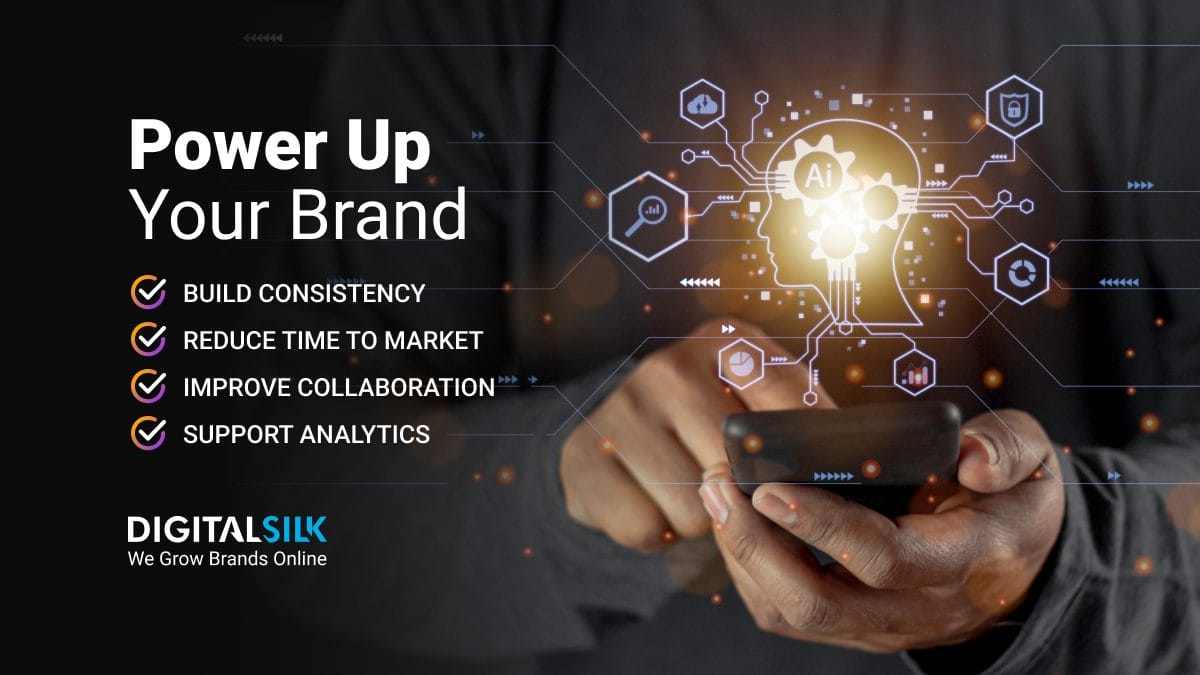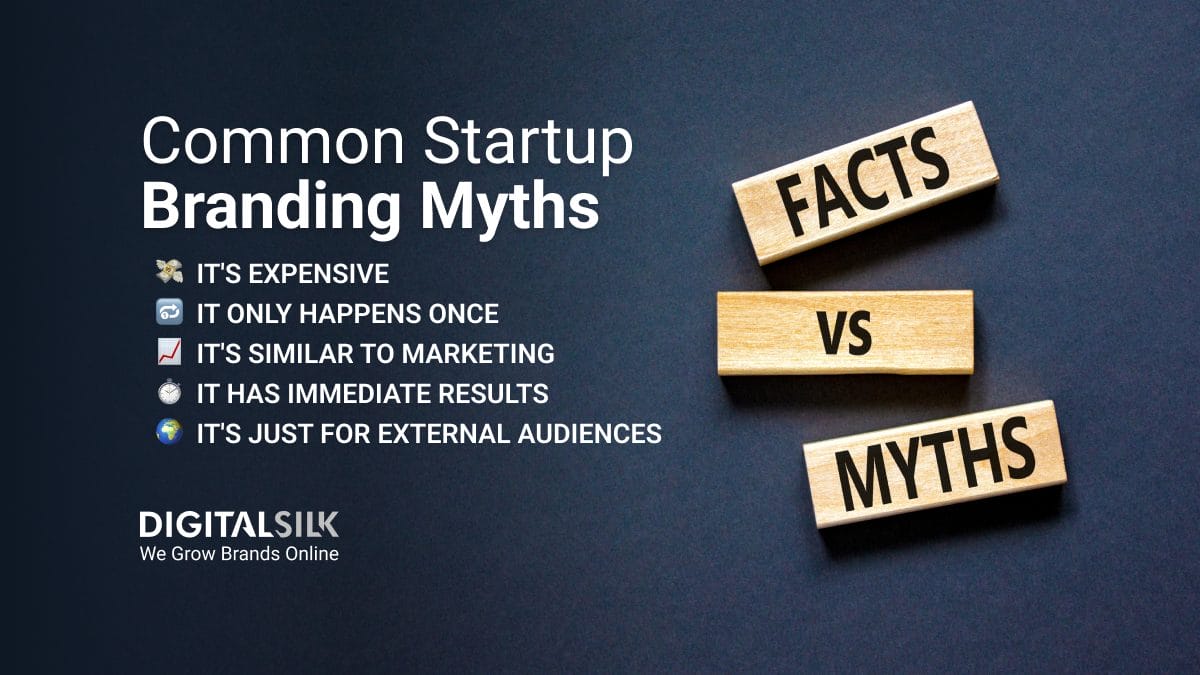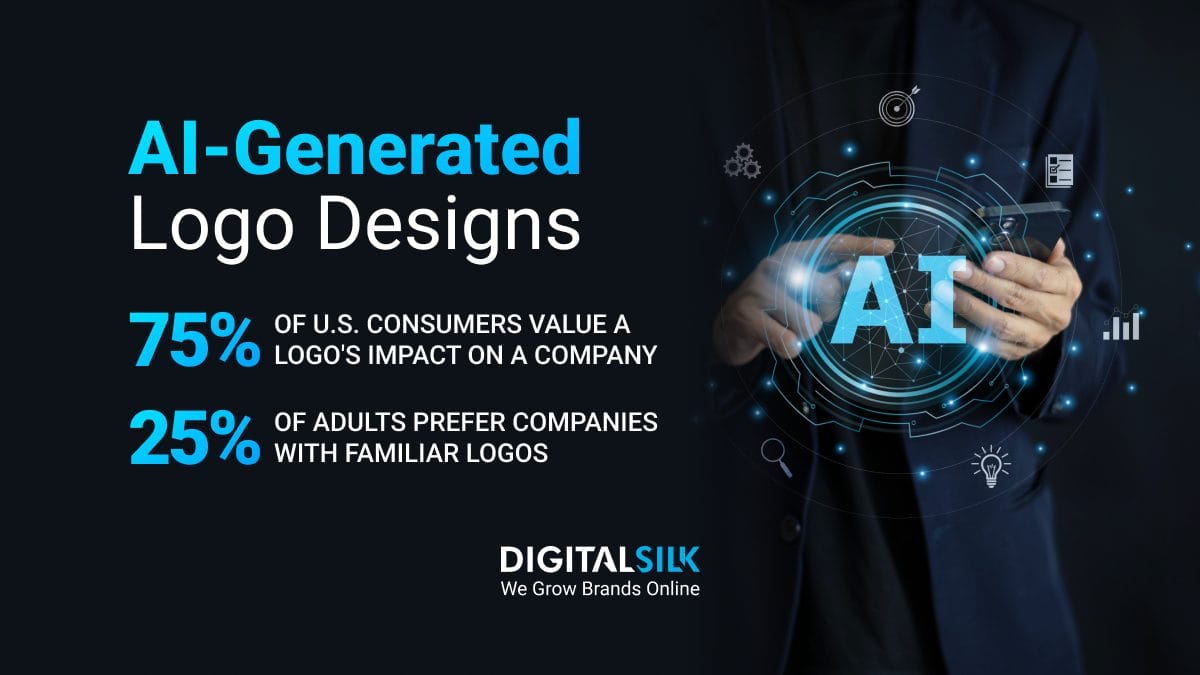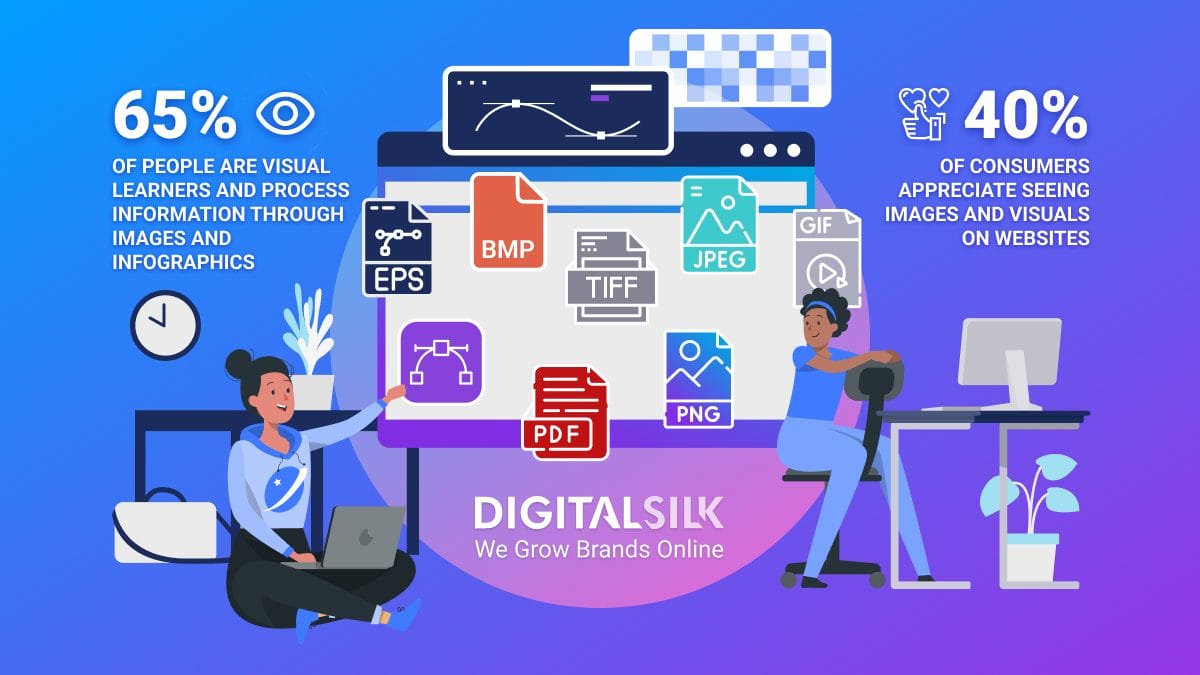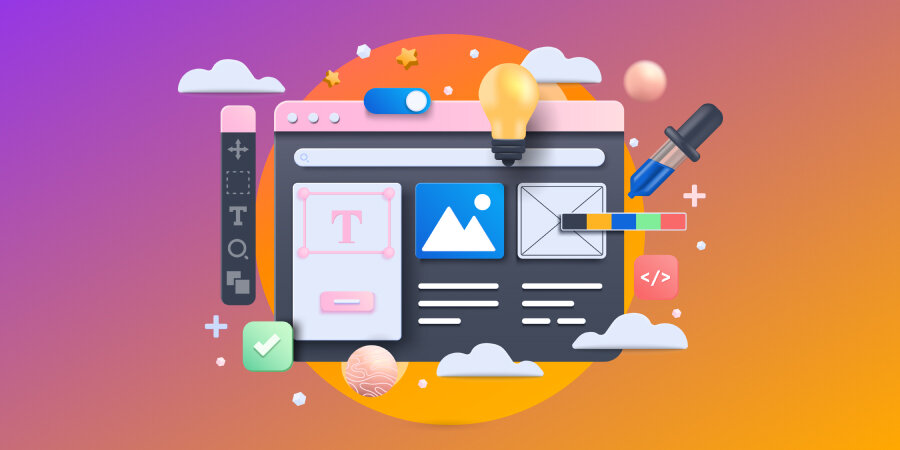81% of users prefer buying from brands they trust.
But you can’t expect people to trust your brand if they aren’t even aware of it.
Even for well-established names, maintaining and increasing brand awareness is the key to staying relevant in a saturated market.
In this post, we’ll examine the types, stages and levels of brand awareness and share tips on how to boost and benefit from your campaign.
Types, Stages And Levels Of Brand Awareness
Brand awareness generally refers to how familiar and recognizable a brand is to its audience.
It reflects how well consumers know and remember a certain business, its products or services and its overall image.
While the terms “types”, “stages” and “levels” of brand awareness are often used interchangeably, there are subtle differences between them:
2 Types Of Brand Awareness
Brand awareness types refer to how customers perceive a brand and can be broken down into two categories:
- Brand recognition: This is the ability to recognize a brand by its visual identifiers like logos or slogans and maintain lasting connections between these identifiers and the brand in consumers’ minds.
- Brand recall: This refers to the capacity to remember a brand on your own, such as recalling a specific brand name when you’re discussing a particular product category.
4 Levels Of Brand Awareness
Brand awareness levels indicate the depth of consumer awareness that a brand has achieved. It reflects how much consumers know about a brand and what they associate with it.
- Recognition: Consumers can identify the brand upon seeing it. This is often based on specific visual or auditory cues, such as the McDonald’s arches or Neflix’s introductory chime.
- Recall: Consumers can remember the brand when prompted about a product or service. This level indicates how strongly consumers associate certain businesses with a particular product or service.
- Top-of-mind awareness: The brand is the first one consumers think of in a specific product category. Names like Coca-Cola, Nike and Apple often come to mind when discussing soft drinks, sports apparel or smartphones.
- Brand preference: Consumers favor this brand over competitors. 86% of consumers agree that authenticity is an important factor in their purchasing decisions. This means that brands that consistently deliver on their promises and values have a higher chance of being preferred by consumers.
Take Chipotle as an example — the brand uses playful and relatable content to make the connection between regular burritos and its own offerings.
5 Stages Of Brand Awareness
Stages of brand awareness outline the brand’s journey over time, starting from the moment audiences are first exposed to it until they develop a strong association with it.
- Awareness: Consumers become familiar with a brand through various channels, such as their own research, word-of-mouth recommendations or advertising efforts.
- Preference: Users choose your brand based on positive past experiences. 89% of customers are more likely to make repeat purchases after a positive experience. Offering tailored recommendations and personalized experiences can help you build familiarity and boost consumer preference.
- Reputation: Audiences think of the brand as a potential choice based on its track record and reviews. In fact, 75% of consumers read online reviews when researching a business, which determines your reputation and ultimately affects your sales.
- Trust: Consumers develop trust in a brand due to its values and consistently excellent service, fostering a deep emotional connection.
- Loyalty: Users remain committed to a brand and choose its products or services repeatedly due to a strong sense of trust and satisfaction.
For instance, Lego is unmistakably recognizable, relatable and relevant to its target market.
How To Determine Brand Awareness Stages, Levels And Types
With global advertising spending expected to reach 1.157 billion in 2025, a well-defined brand awareness strategy can help you allocate resources more effectively and determine the success of your branding efforts.
To accurately measure the effects of your brand awareness strategy, you can go for one of three routes:
- Unaided recall: Measures how well consumers can remember a brand without any prompts or cues. It reflects users’ capacity to remember things naturally, without visual prompts or cues. This is closely related to your brand health as a direct result of effective advertising and a strong market presence.
- Aided recall: Involves prompting consumers with specific cues or hints before asking them to recall a particular brand name. This method assesses recognition rather than pure recall, which can be useful for evaluating recent campaigns.
- Brand effects tests: These include brand association tests conducted through surveys or focus groups, as well as brand attitude analytics to determine how consumers feel about your business. Other examples are brand affinity tests to determine positive or negative words associated with a brand and brand salience analysis to define the level of importance a brand holds in a consumer’s mind.
The method you go for depends on what you want to achieve.
Unaided recall can help you determine how memorable your brand is without any prompts, while aided recall measures how well people recognize your business when given hints, like during specific marketing campaigns.
Other forms of brand effect tests, like attitudes and affinity measurements, can help you tailor your branding efforts to better align with consumer perceptions and preferences.
Additionally, these tests can also help identify areas of improvement for your brand image and messaging.
How To Boost Brand Awareness
In an era where consumer attention spans are getting shorter and competition is getting fiercer, having well-executed brand awareness strategies can make or break your conversion rates.
To increase your chances of connecting with your target audience and building a strong brand presence, consider implementing the following tips:
Generate Relevant And Thought-Leadership Content
A notable 88% of companies experience a measurable lift in results when using tailored personalization strategies.
Offering relevant, informative and engaging content can help build a loyal following and establish your brand as a thought leader in your industry.
This includes creating blog posts, videos, social media posts and other forms of content that add value to your audience’s lives.
Take Dollar Shave Club as an example — the brand uses a humorous and playful tone for its video marketing strategy that instantly reflects its brand identity and resonates with its target audience.
Use Cross-Platform Advertising
Maintaining consistent messaging and visuals across different platforms can help strengthen brand recall and recognition.
With a multi-screen world becoming the norm, brands should prioritize creating a unified experience for their audience, regardless of which device or platform they are using.
Cross-platform advertising allows you to reach a wider audience and increases the chances of conversions.
Rely On Co-Marketing Or Influencer Partnerships
In 2024, approximately 47.4% of brands allocated as little as $10,000 to influencer marketing, which can ultimately lead to significant returns on investment.
Partnering with industry influencers or other complementary brands can help expand your audience reach and tap into new markets.
It also increases your brand’s credibility, as consumers are more likely to trust recommendations from people they admire or follow on social media.
Consider A Rebranding Strategy
Rebranding can help revitalize your business and make it more appealing to consumers.
It allows you to pivot your messaging, visuals and overall brand identity to better align with current market trends and consumer preferences.
You can analyze the competitive landscape, consumer behavior and feedback and use data-driven insights to curate your online presence.
You can follow a rebranding checklist to improve your existing campaign and identify areas needing improvement.
Create A Mascot
As quirky as it may sound, creating a mascot can be an effective way to humanize your brand and convey your company’s values and personality.
Your mascot can be a memorable and relatable representation of your brand.
It should use the same color palette, voice and messaging to create consistency across all marketing channels and collaterals.
You can use mascots in various forms of content, such as videos, social media posts and even product packaging.
They can also help increase engagement and create a more personal connection with consumers.
Perhaps the most recognizable mascot on the Internet currently is Duolingo.
The bright green owl isn’t just the face of the language learning app but also has a distinct personality that uses humor and relatable quirks to engage with users.
Offer Free Trials Or Sponsorships
27.3% of U.S. internet users feel motivated to try a new brand when offered a free trial period.
This strategy allows consumers to try your product or service without committing to a purchase, increasing the chances of converting them into paying customers in the long run.
While it may seem like a loss of revenue in the short term, users are more likely to recommend a product or service they have personally used and enjoyed. This could increase organic growth through word-of-mouth marketing.
Another option is offering sponsorships to influencers or organizations that align with your brand values.
This can help increase brand awareness and reach a wider audience while also showcasing your company’s support for associated causes or communities.
Perform A/B Testing
70% of marketers agree that A/B testing can help boost conversion rates, so you should continuously monitor and optimize your content, so it resonates with your target demographic.
A/B testing involves creating multiple versions of a piece of content or design element and randomly showing them to users to determine which version performs better.
This allows you to fine-tune your messaging and visuals for maximum impact, minimal revenue loss and increased user engagement.
What Are The Benefits Of Brand Awareness?
Once you establish your brand awareness levels and build a signature identity, you can expect the following perks:
- Improved consumer loyalty and trust: You can build strong relationships with customers by staying true to your brand values and consistently delivering quality products or services. When your target demographic associates your brand with trust and reliability, they are more likely to choose your company over competitors.
- Better word-of-mouth marketing: 64% of marketers agree that word-of-mouth is the most effective form of marketing and 88% of users trust recommendations from people they know. If you have a strong brand presence and loyal customers, they’re more likely to recommend your products or services to others.
- Increased engagement and sales: As the driving force behind user decision-making and purchasing behavior, brand awareness can significantly impact your sales and revenue. When consumers are familiar with your product or service and have positive associations with your brand, they are more likely to engage in your content and make purchases.
- Greater customer acquisition: The more recognition and positive associations your brand has, the more likely it is to attract new customers. This recognition can shape consumers’ perceptions of your company and influence their decision to choose your brand over others in the market.
- Boosted engagement and sales: Turn brand awareness into sales by focusing on actionable content, such as clear calls-to-action or exclusive deals. Implement retargeting ads to reconnect with customers who have already interacted with your brand, such as visiting your website or clicking on an ad. This can keep your brand top-of-mind and encourage them to complete their purchase, effectively turning interest into sales.
Increase Your Brand Awareness With Digital Silk
Digital Silk’s in-house branding and marketing experts can help you develop a strong brand presence and increase your reach, engagement and sales.
Our data-driven approach combines the latest industry trends with innovative strategies to create a unique and compelling brand identity for your business.
As a recognized web design agency, our services include:
- Brand strategy
- Logo and graphic design
- Custom web design
- Custom web development
- Digital marketing
Our team takes full ownership of each project, ensures complete transparency throughout our partnership and delivers measurable results.
Have a branding project in mind?
Contact our team, call us at (800) 206-9413 or fill in the Request a Quote form below to schedule a consultation.
"*" indicates required fields


